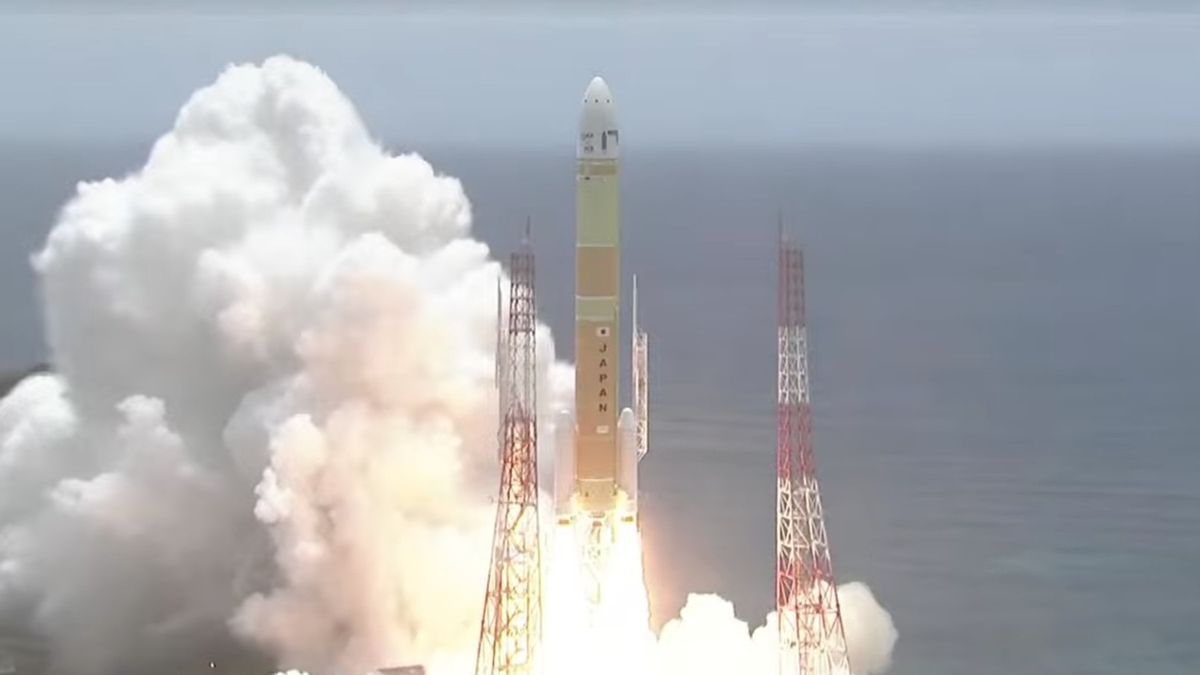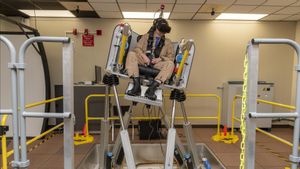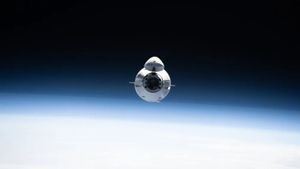JAKARTA – The Japan Aerospace Exploration Agency (JAXA) launched the fourth Advanced Earth Observation Satellite (ALOS-4) on Monday, July 1 at 10:06 a.m. Western Indonesian Time (WIB). The satellite took off using an H3 rocket.
ALOS-4, known as DAICHI-4, was launched from the Tanegashima Space Center and successfully separated from the rocket about 16 minutes after launch. JAXA confirmed that ALOS-4 has been fully installed in orbit.
The main contractor for ALOS-4 is Mitsubishi Electric Corporation. In collaboration with JAXA, this satellite was created to observe the earth's surface using a phased array L-band synthetic aperture radar instrument (PALSAR-3).
Unlike PALSAR-2, the observation performance of this radar has been improved. This instrument can take radar images during the day and night without requiring sunlight or in various weather conditions because its radio waves penetrate clouds.
In addition to PALSAR-2, ALOS-4 is also equipped with an Automatic Identification System for Ships (AIS). This high-performance Space-based AIS (SPAISE3) will monitor the ocean by receiving signals via ships.
SEE ALSO:
All data obtained by the ALOS-4 instrument will be used to monitor areas covered by forests, sea ice, and hit by various disasters. ALOS-4 can also be used to monitor new areas such as infrastructure displacement.
To monitor the entire area well, ALOS-4 maintains high resolution. The observation track on this satellite has been increased to 200 kilometers, much larger than the width of the ALOS-2 swath of only 50 kilometers.
The English, Chinese, Japanese, Arabic, and French versions are automatically generated by the AI. So there may still be inaccuracies in translating, please always see Indonesian as our main language. (system supported by DigitalSiber.id)


















